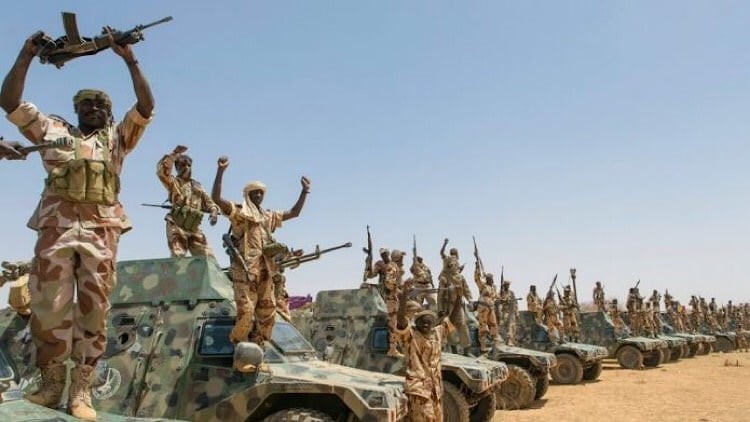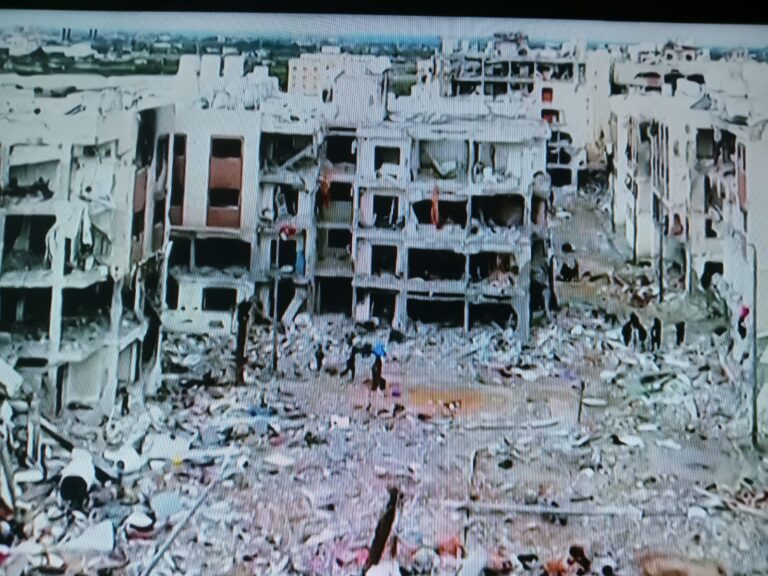
STRATEGIC ASSESSMENT. As many counterterrorism analysts expected, the Islamic State Khorasan (ISK) attack on the Kabul airport marked the beginning of a new phase in the conflict in Afghanistan. With U.S. and allied troops withdrawn from the country and the Taliban now governing, ISK has begun to wage a guerilla campaign against the Taliban. Between September 18 and October 4, ISK claimed twenty-eight separate attacks, including a bombing in Kabul earlier this week targeting the funeral of the mother of the Taliban’s chief spokesperson. The attack occurred at the entrance of the Eid Gah Mosque in Kabul. In its propaganda and media, ISK continuously derides the Taliban as “apostates” and mocks its members as puppets of the Americans. Both the Taliban and ISK have targeted ethnic Hazaras in Afghanistan, as well as other ethnic and religious minorities, reviving recollections of the Taliban’s previous stint in power and belying any rhetoric about reform and inclusivity.
It is clear that ISK maintains the capability to ramp up its operational tempo when necessary. Over the first four months of 2021, the group was responsible for 77 attacks, which is more than a twenty percent increase from the same period during the previous year. ISK sees the Taliban as an existential threat and as such, will stop at nothing to undermine the legitimacy of the Taliban government. Indeed, ISK is merely taking a page from the Taliban playbook. Over the past two decades, the Taliban and its Haqqani network and al-Qaeda allies, often through the Kabul Attack Network (KAN), repeatedly attacked Afghan government officials, Afghan National Security Forces (ANSF), and U.S. and coalition soldiers in order to demonstrate to Afghan civilians that the government in Kabul was weak and ineffective. Now, through relentless and highly lethal attacks, ISK is demonstrating to the Afghan people how the Taliban is unable to protect the population. In the midst of all this, civilians are facing a crippling combination of humanitarian needs, repression and violence on multiple fronts.
Another part of ISK’s strategy may be an attempt to lure Taliban fighters to break away from the organization and join the Islamic State’s ranks. Splintering will attenuate the Taliban, while simultaneously affording ISK with an opportunity to carve out safe haven in Nangarhar, Kunar, and other parts of Afghanistan with an influential Salafi presence. ISK has also begun actively recruiting foreign fighters to travel to Afghanistan and reinforce its organization with new members. The Islamic State central’s media apparatus can serve as a force multiplier for its regional branches and affiliates. ISK’s focus is almost exclusively local, meaning its attacks are directed toward the Taliban and targets in Afghanistan. However, ISK has been linked to transnational terrorism plots in Europe, and there is growing concern that as the group continues to evolve, it could set its sights again on attacking the West. The presence of foreign fighters further internationalizes the threat and allows ISK to project greater influence.
The Taliban was unquestionably an effective insurgent force, but now the group is facing a different role—that of counterinsurgent—and is struggling to prevent asymmetric and irregular attacks from ISK-insurgents. ISK is experienced in classic insurgent tactics, including small arms fire, ambushes, hit-and-run attacks, and improvised explosive devices (IEDs). The group also employs suicide bombers for spectacular attacks. With Afghanistan’s economy in freefall and reports of spreading famine, the Taliban will be challenged to bring even a modicum of stability to the war-torn country. If the Taliban is unable to establish a monopoly on the use of violence within Afghanistan’s borders, groups like ISK will have the opportunity to resurge and regenerate its networks. To combat ISK, the Taliban is going to rely on the Haqqani network, al-Qaeda, and other violent non-state actors for manpower, combat expertise, and logistical support.
The attacks targeted soldiers and civilians in and around Hamid Karzai International Airport and resulted in hundreds of injuries and dozens of casualties, with both numbers likely to increase as official tallies are gathered. IS-K is the Islamic State’s Afghan branch, which brings together an estimated 1,500-2,000 Afghan and Pakistani fighters; it is active in Nangarhar and Kunar provinces, while still retaining the capability to launch spectacular attacks into the heart of Kabul. Reports indicate the attacks resulted in 60 confirmed deaths, including 11 U.S. Marines and one U.S. Navy medic, and injured 140 others who were taken to Kabul’s hospital. One blast occurred near the airport’s Abbey Gate (where American and British forces have been stationed to process evacuations) and another close to the nearby Baron Hotel (being used as a staging post by Western nations for evacuations), with reports of further explosions close to a sewage canal near the airport, where Afghan civilians were waiting to be processed. The Abbey Gate explosion is suspected to be a suicide bombing involving two perpetrators, where one attacker detonated his explosives in a crowd of people before a second attacker opened fire. The U.S. says there have been an unknown number of casualties while the UK said there is no record of British deaths so far. John Kirby, Pentagon press secretary, said “We can confirm that the explosion near the Abbey Gate of the Kabul airport has resulted in an unknown number of casualties.”
A senior U.S. official had warned on Wednesday night of a “specific” and “credible” threat by IS-K against the airport. Senior U.S. officials said Wednesday’s warning from the embassy was related to specific threats involving the Islamic State group and potential vehicle borne improvised explosive devices (VBIEDs), though it remains unclear whether specific preventive measures were, or could have been, taken. Australia, Britain, and New Zealand also advised their citizens Thursday not to go to the airport. Taliban spokesman Zabihullah
The blasts come as the U.S. and other countries race to evacuate citizens and Afghans ahead of President Biden’s August 31 withdrawal deadline. Pentagon Press Secretary Kirby confirmed in a Twitter post on Thursday morning that “Evacuation operations in Kabul will not be wrapping up in 36 hours. We will continue to evacuate as many people as we can until the end of the mission.” U.S. President Joe Biden last week had started publicly warning about the threat of an attack, which he said might come from IS-K. The threat of an attack appeared to be one of the main reasons why Biden didn’t want to extend the deadline of the evacuation. Meanwhile, Canada joined several European nations in wrapping up evacuation operations. Speaking yesterday evening, President Biden paid homage to the fallen U.S. servicemembers, correctly labeling them heroes. Commenting on those responsible for the terrorist attack, Biden proclaimed, “We will hunt you down, and make you pay.” President Biden then promised to strike IS-K militants, while also completing the mission of evacuating American citizens and Afghan allies from the country.
The Taliban have fought against Islamic State militants in Afghanistan and remain at odds with the rival terrorist group. But IS-K fighters were likely freed from prisons along with thousands of other inmates—along with former al-Qaeda fighters—during the Taliban’s rapid advance through Afghanistan. Extremists may have seized heavy weapons and equipment abandoned by Afghan troops, although CENTCOM commander General Kenneth McKenzie suggested that it does not appear that IS-K has MANPAD (man portable air defense systems) capabilities that would pose a serious threat to aircraft. IS-K fighters have a history of waging attacks against soft targets similar to the crowds seen outside Kabul’s airport. There is growing concern that the latest attacks may just be an opening salvo to a lengthy terrorist campaign perpetrated by IS-K against any Western troops remaining in Afghanistan, as well as against the Taliban and its allies, al-Qaeda, and the Haqqani network. There is also a possibility that further IS-K violence will legitimize the Taliban’s narrative and role as the de facto government of Afghanistan as foreign governments partner with them and share intelligence and capacities in order to address further IS-K attacks. The escalation in violence on all sides would plunge Afghanistan directly back into civil war and increase the likelihood that foreign fighters and jihadist terrorists from throughout the region and beyond could seek to descend upon Afghanistan to join these various groups. If that happens, it remains possible that al-Qaeda or IS-K could look to further develop their external operations planning capabilities and attempt to conduct attacks beyond Afghanistan’s borders (TSC).





